Ishikawa Prefecture 石川県 in the Chubu Region is located in the geographical center of the Japanese archipelago with a major part of the prefecture in the north, the narrow Noto Peninsula, jutting out into the Sea of Japan. The southern part is wider and consists mostly of mountains with the prefecture’s capital city, Kanazawa, located in the coastal area. The prefecture also has some islands, including Notojima (which has the excellent Notojima Aquarium), Mitsukejima, and Hegurajima.
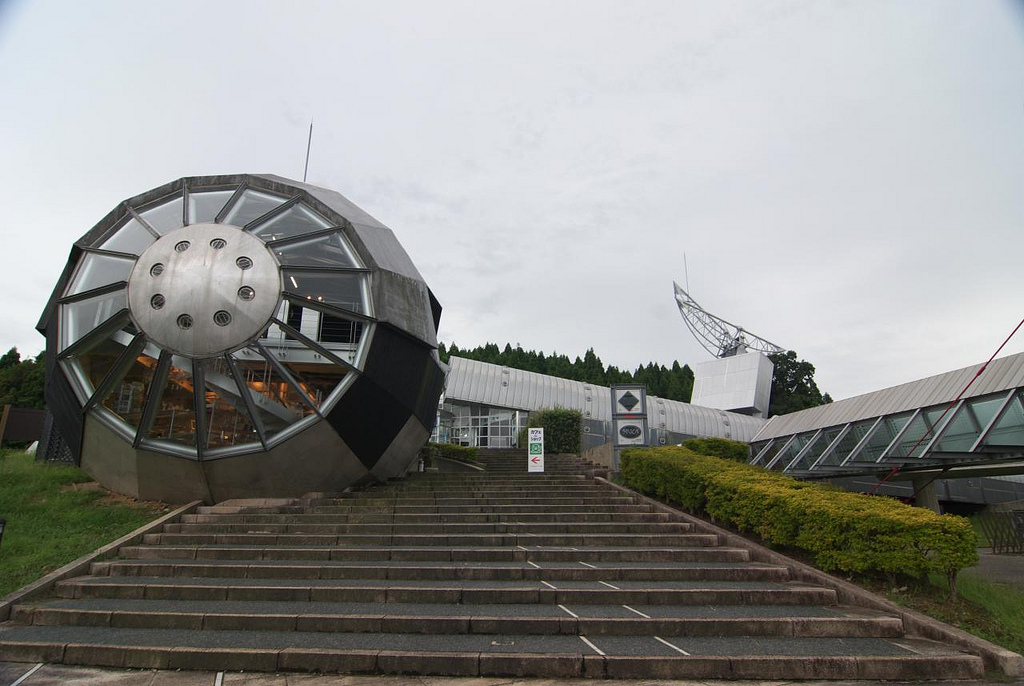
Notojima Glass Art Museum
This area is surrounded on three sides by the ocean and has four distinct seasons and where changes in nature in both the seaside and mountain areas can be enjoyed. Mount Hakusan, now a national park, is one of the three most famous mountains in Japan, and the place of origin of the Hakusan religious faith. Echizen-Kaga Kaigan and Noto Hantō Quasi-National Parks along with five Prefectural Natural Parks gives Ishikawa Prefecture a total land area of 13% designated as Natural Parks.
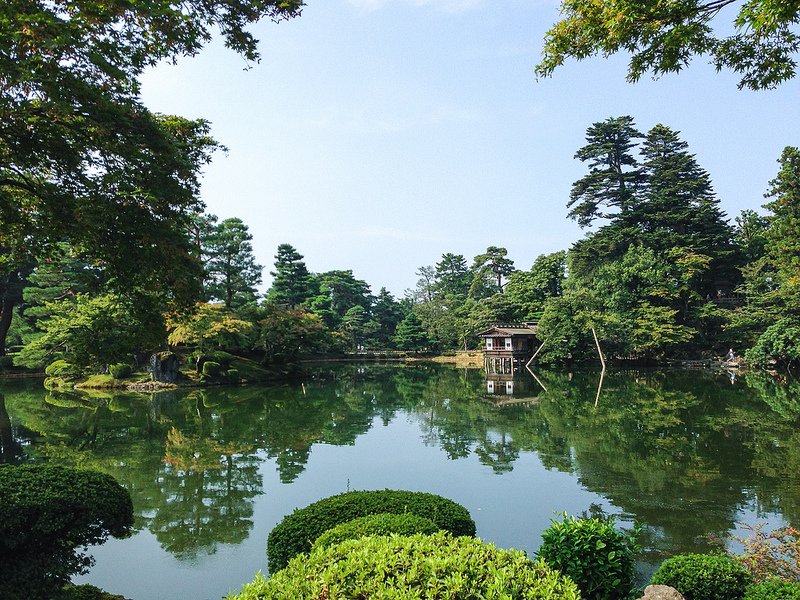
Kenroku-en Garden in Ishikawa Prefecture (photo: cotaro70s/flickr)
The mountainous area of Ishikawa Prefecture is densely forested, and dotted with beautiful waterfalls and gorges. The coastline also has amazing attractions, which include unusually shaped rocks and reefs that have been formed naturally over the centuries.
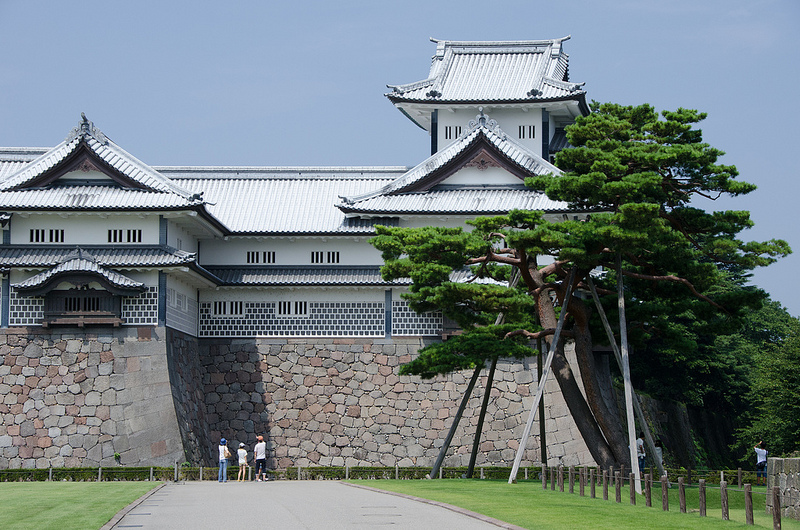
Kanazawa Castle in Ishikawa Prefecture (photo: cotaro70s/flickr)
In Ishikawa Prefecture, traditional Japanese culture is still a part of daily life and one of the defining characteristic of the people living there. The origin of this strong culture dates back to the Edo period, when the ruling Maeda clan, used their wealth to promote education and culture and by building workshops for famous and highly-skilled artisans they had called from Kyoto and Edo. In particular, Kanazawa, which is the capital of Ishikawa Prefecture, flourished as one of Japan’s greatest castle towns. Fine arts such as tea ceremony, Noh play, music and dance became very popular, and crafts of lacquer-ware, ceramic ware, gold leaf and yuzen dyeing, also developed as must-have elements of interior decoration, clothing and implements.
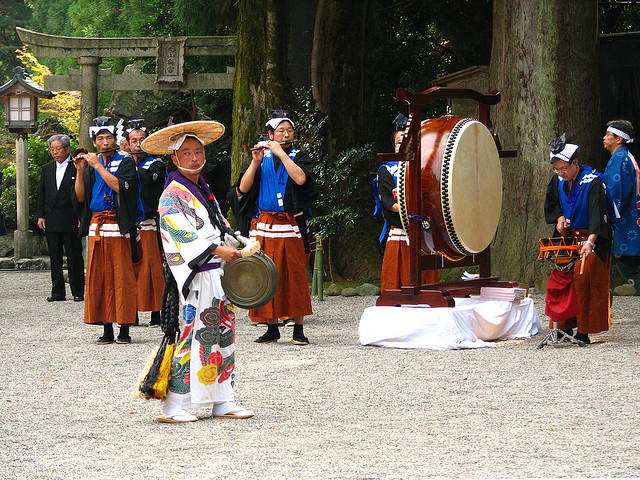
Kanazawa Hakusan Lion Dance
The love of culture has been passed down to this day, and people take classes in cultural activities such as the tea ceremony and flower arranging, as well as traditional performing arts such as Noh plays and Japanese music and dance. There are still Chaya-machi districts that still retain their Edo-period atmosphere, and many old shrines and temples, which draw visitors from Japan and international locales.
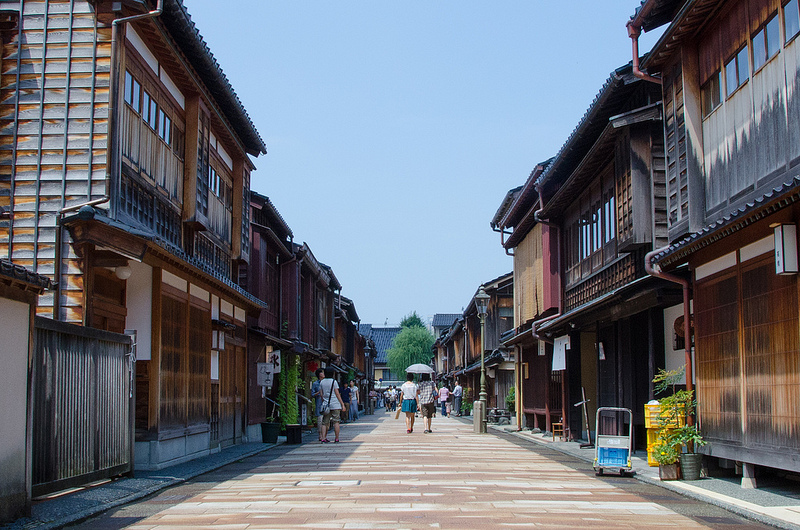
Higashi Chaya-machi in Ishikawa Prefecture (photo: cotaro70s/flickr)
Ishikawa Prefecture has not only preserved its traditional culture but has a progressive spirit, welcoming new ideas. A friendly competition between the old and the new produces a creative energy, fostering Ishikawa’s rich cultural landscape. The 21st Century Museum of Contemporary Art in Kanazawa, is one example of this cultural richness. The circular, glass-walled building that houses the museum can be said to be a work of art in itself, and its collection of modern and contemporary works from both Japan and overseas is renowned in art circles.
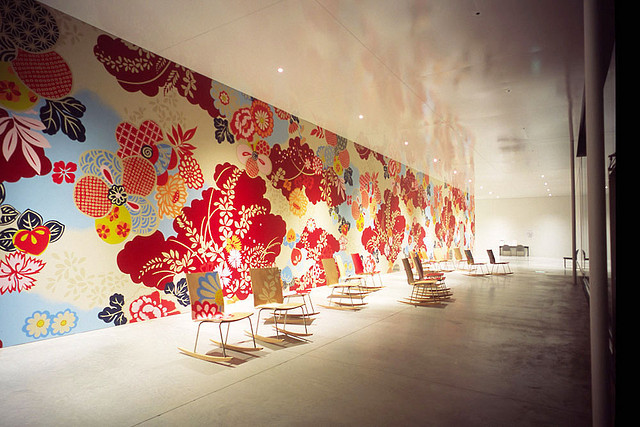
21st Century Museum of Contemporary Art, Kanazawa (photo: scarletgreen/flickr)
In this land of traditional crafts, there is an increasing number of artists working with glass and other non-traditional media. Also, along with traditional Japanese music such as nagauta, koto, subayashi and shamisen, Western music is also very popular with an annual jazz festival .
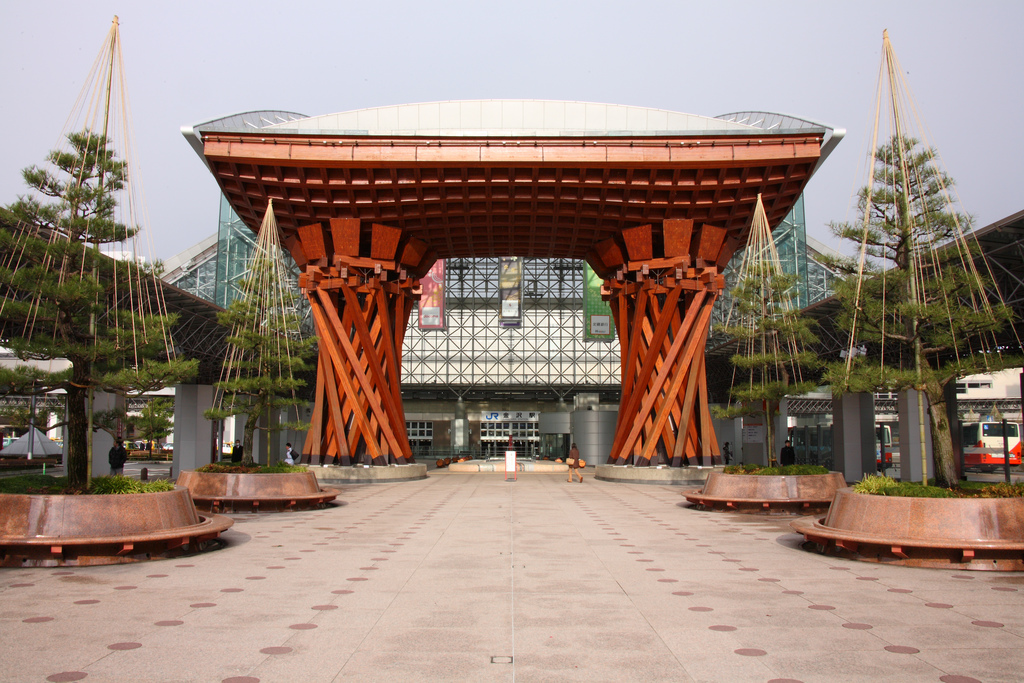
Kanazawa Station
With thirty-six craft types that include lacquerware, ceramic ware, Kaga Yuzen silk dyeing and metalwork, Ishikawa Prefecture is comparable with Kyoto as a centre of traditional crafts, characterized by exquisite technique and a refined sense of beauty. Made using techniques that have been handed down through the generations, they also reflect the needs and tastes of the age in which they are made, and thus have been constantly evolving. Ishikawa has been the birthplace of many of the best artisans in Japan, and the prefecture has many art galleries and museums that feature amazing works.
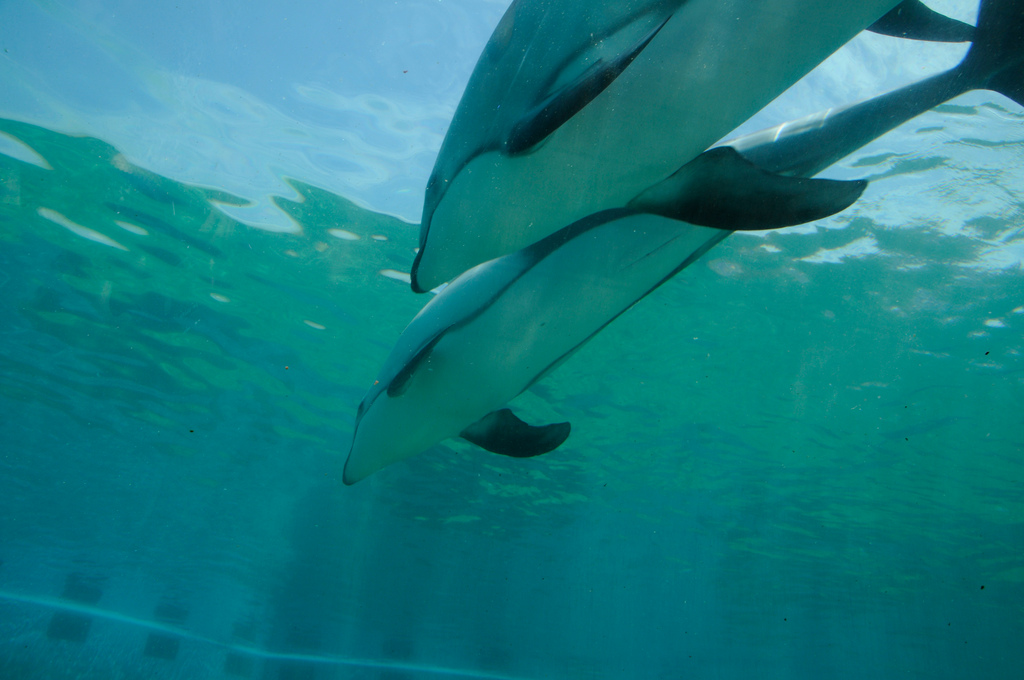
Notojima Aquarium
Ishikawa Prefecture is also known for it’s food, as it offers an abundance of fresh, tasty ingredients of all kinds. To compliment the food, many establishments serve elegant Japanese dishes served in Kutani ceramic ware and Wajima lacquerware.
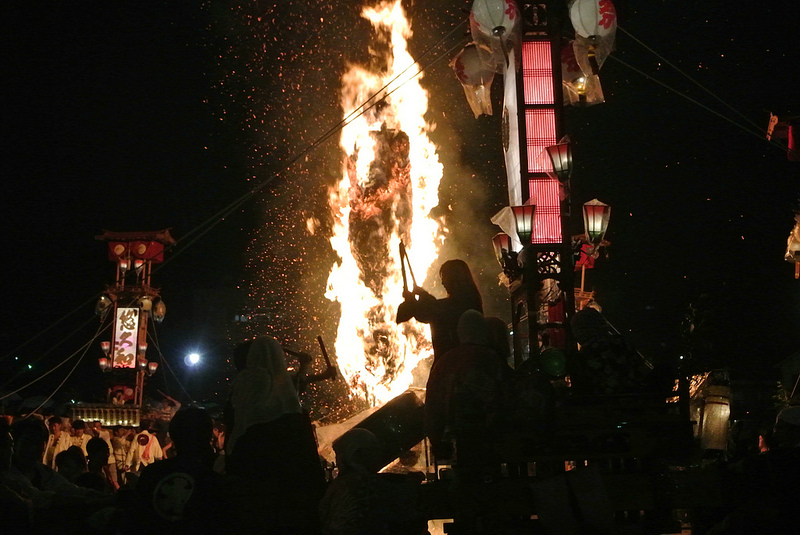
Abare Festival Ishikawa
Festivals that have been passed down through the generations since ancient times are still celebrated as important events. In the kiriko festival, which is unique to the Noto Peninsula, huge kiriko lanterns are carried around town to the sounds of loud chanting. During the period from July to September, kiriko festivals are held in more than one-hundred communities throughout the prefecture.
Two of Ishikawa’s most famous spring festivals are Seihaku-sai Festival, which boasts of Japan’s largest float, and Otabi Festival, which features children’s performances of kabuki plays on gorgeous floats decorated with lacquer, gold leaf and carvings.
The Kanazawa Hyakumangoku Festival celebrates Maeda Toshiie’s taking over of Kanazawa Castle, with the highlight of a excellent samurai parade. The energetic Gojinjo Daiko masked drummers, who perform to scare away demons, have been designated as an intangible folk cultural asset by Ishikawa Prefecture.
The Mt. Hakusan region also features a variety of local shrine festivals as well as a surreal snowman festival, held in the peak of the winter season in the small village of Shiramine, nestled deep within the snowy hills.
Ishikawa Zoo, which features over 180 different species of animals is a popular destination for families. With their ninja and samurai shows, the Nippon Genki Gekijo is also a must-see mini theme park for families or adults alike.
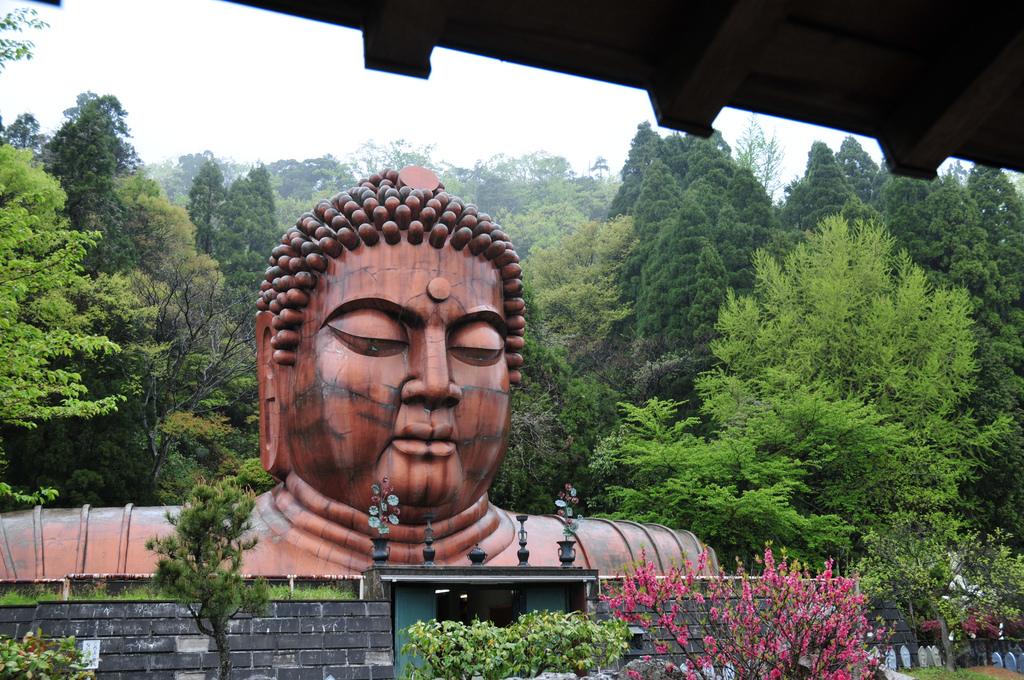
Hanibe Gankutuin Temple
Because of its location, Ishikawa Prefecture has been a major gateway to and from the continent of Asia across the Sea of Japan since ancient times. The Port of Kanazawa and The Port of Nanao are international trade ports which both freight and passenger ships calling on.
For air access, Ishikawa Prefecture has two airports, Komatsu Airport and newly opened Noto Airport. The Komatsu airport is the largest Japanese airport on the Sea of Japan side.
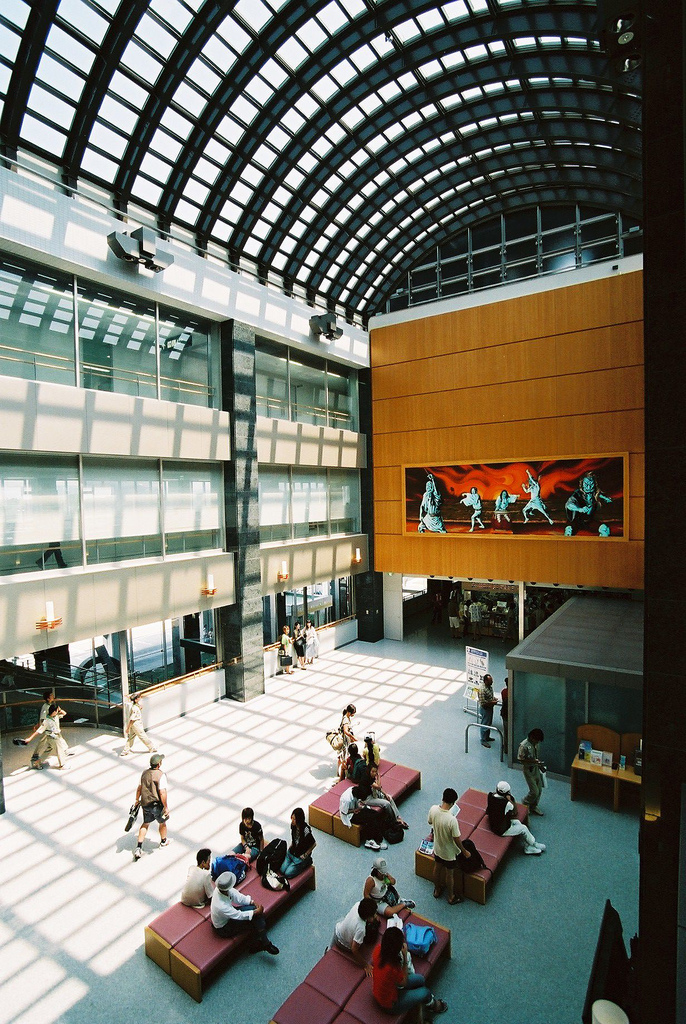
Noto Airport (NTQ/RJNW)
Construction is underway for the new, high-speed “Hokuriku Shinkansen” 北陸新幹線 JR railway line scheduled to open in March 2015. Currently it takes about 4 hours for the Kanazawa City – Tokyo run and when the Hokuriku Shinkansen starts running, the travel time between Kanazawa – Tokyo will be reduced to 2.5 hours and the travel time between Kanazawa – Osaka will be only 1 hour. Remember your JR Pass!
Ishikawa Prefecture 石川県 is truly a Mecca of Crafts and Culture, enjoy your visit!

photo by: ys*